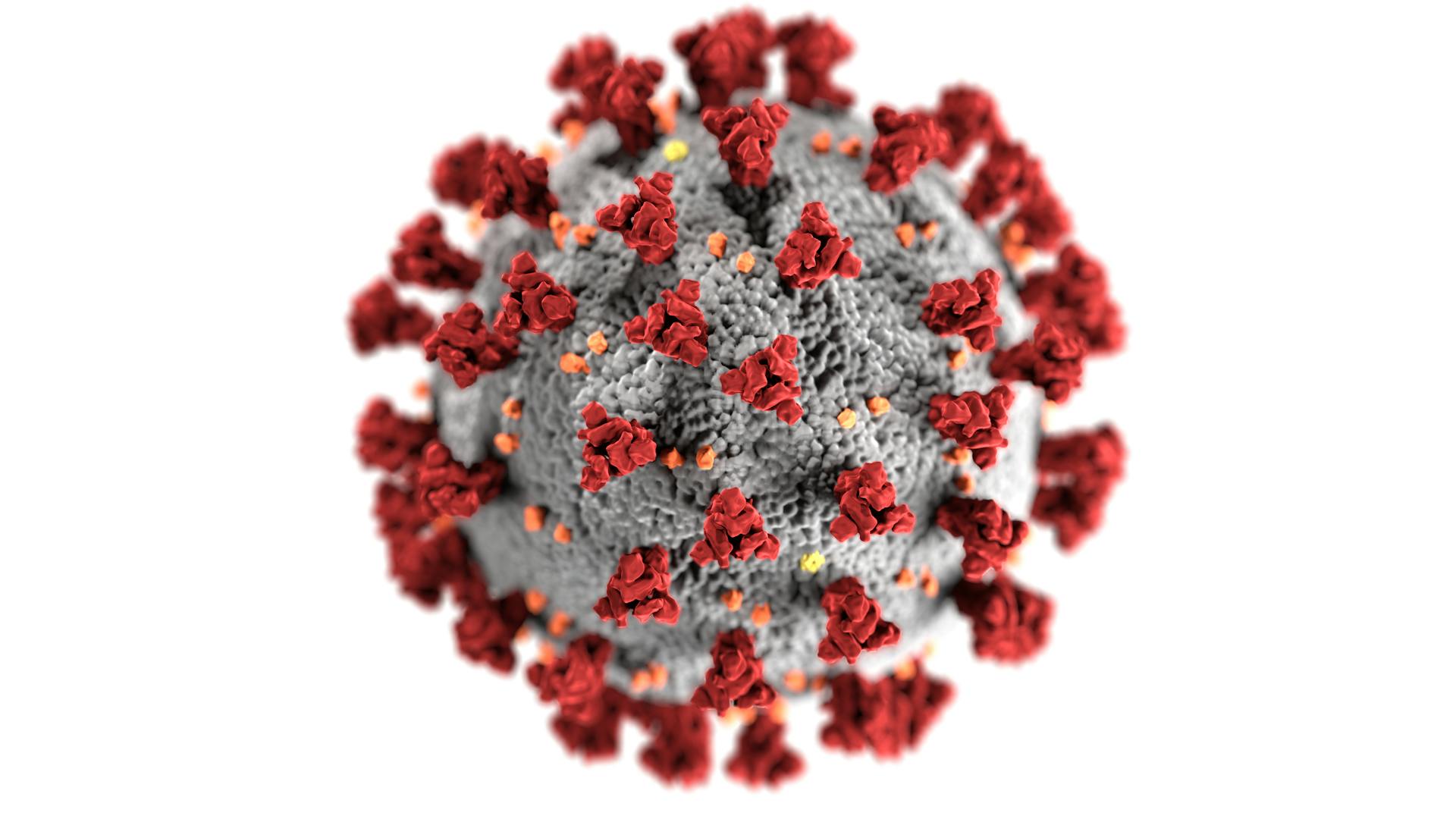How to Integrate Health and Safety Technologies in Real Estate Post-COVID-19?

The COVID-19 pandemic has fundamentally reshaped the way we live and work. It has also expedited the necessity for advanced technologies, particularly in the real estate industry. As we grapple with the effects of this global health crisis, there is a pressing need for real estate businesses to prioritize health and safety technologies in their building and office spaces. The integration of such technologies would not only ensure the well-being of occupants but also increase their confidence in returning to shared spaces post-pandemic.
The Role of Technology in a Post-Coronavirus World
As we straddle the post-pandemic era, technology plays a pivotal role in helping us navigate the new normal. The coronavirus pandemic has fast-tracked the adoption of various technologies in numerous sectors. In real estate, technology-driven solutions are being integrated in buildings and office spaces to ensure safety and wellness of the occupants.
Additional reading : What Are the Insights on Real Estate Market Dynamics Post-UK Stamp Duty Changes?
Digital platforms like Google and Crossref have been instrumental in providing real-time data and scholarly articles about the spread of the virus, helping businesses and individuals stay informed and make necessary changes. However, it is not just about staying updated; technology is being leveraged to create safer environments, especially in the real estate sector.
Implementing Health and Safety Technologies in Real Estate
The real estate industry has been significantly impacted by the pandemic. With the fear of infection lingering, people are apprehensive about sharing office spaces or moving into new buildings. As a result, the industry is in the process of adopting several health and safety technologies in its spaces.
In the same genre : How to Methodically Evaluate the Risks of Real Estate Investments in Flood Zones?
For instance, touchless technologies have gained popularity. From automatic doors to voice-activated elevators and touch-free sanitization stations, these contact-less solutions are redefining the new normal in real estate. Moreover, advanced HVAC systems are being incorporated to ensure better air quality and ventilation, reducing the risk of airborne transmission of the virus.
Harnessing Data for Safety Precautions
Data has become a crucial tool in battling the pandemic and this holds true for real estate as well. By harnessing data, businesses can make informed decisions about safety protocols.
For instance, businesses can use data to understand the usage patterns of different areas within a building and accordingly, schedule cleaning and sanitization services. Similarly, predictive analytics can be used to understand occupancy patterns and manage crowd control effectively, thus preventing overcrowding in any space.
Furthermore, businesses can employ Internet of Things (IoT) devices to continuously monitor and report on various parameters like humidity, temperature, and air quality, helping in maintaining a healthy indoor environment.
Adopting a Holistic Approach to Health and Safety
While integrating health and safety technologies in real estate is crucial, adopting a holistic approach towards wellness is equally important. This involves not just physical health, but mental and emotional well-being too.
Incorporating biophilic design elements, such as increased natural light and green spaces, can enhance mental well-being. Digital platforms can be used to share wellness resources and conduct virtual fitness classes, promoting physical health among occupants.
It is important to remember that health and safety is not just about reactive measures, but also about proactive steps towards overall wellness.
The Future of Health and Safety Technologies in Real Estate
As we continue to navigate the post-pandemic world, it is evident that health and safety technologies will play a crucial role in the future of real estate.
The pandemic has taught us the importance of being prepared for such contingencies. Hence, these technologies will not be viewed as temporary solutions, but as long-term investments towards a safer and healthier environment.
From smart buildings equipped with AI-powered health monitoring systems to the use of robotics for cleaning and sanitization, the future of real estate is poised to be a confluence of health, safety and technology.
In conclusion, COVID-19 has acted as a catalyst for change, pushing the real estate industry to prioritize health and safety. As we move forward, technology will continue to play a crucial role in this transition, shaping the future of real estate in the post-pandemic world.
Expanding the Use of Artificial Intelligence and Robotics in Real Estate
Artificial Intelligence (AI) and robotics have emerged as key technological advancements in the real estate industry, particularly in the wake of the COVID-19 pandemic. AI-powered tools are being utilized to carry out tasks that were traditionally manned by humans, thereby minimizing contact and maintaining social distancing.
For instance, AI can be utilized to manage building operations, monitor indoor air quality, and even predict potential maintenance issues. It can also play a significant role in managing the supply chain of essential goods and services, ensuring that buildings are well-stocked and equipped to handle any situation.
Moreover, robots are being deployed for cleaning and sanitizing spaces, reducing the risk of virus transmission. Automated cleaning robots not only maintain high standards of cleanliness but also free up human resources for other critical tasks.
To add to this, the implementation of AI and robotics is not restricted to office spaces alone. Residential real estate is also leveraging these technologies to ensure the safety and well-being of its occupants. For instance, AI-powered health monitoring systems can provide real-time updates on COVID patients, enabling prompt care and isolation, if necessary.
However, as we tread on this path of digital transformation, it is essential to remember that the benefits of these technologies are maximized when used in conjunction with other health and safety measures.
Utilizing Digital Resources for Research and Awareness
In the fight against the pandemic, staying informed is as important as implementing safety measures. Digital resources like Google Scholar, PubMed, and Crossref are proving to be indispensable tools for the real estate industry.
These platforms provide access to a vast repository of scholarly articles related to the pandemic. From understanding the virus spread to researching best practices for maintaining indoor air quality, these resources are a wealth of information.
Real estate businesses can use these platforms to stay updated with the latest research and developments related to COVID-19. This can help them make informed decisions about safety protocols, understand the impact of COVID on various aspects of the industry, and devise strategies for the post-COVID world.
It is also worth noting the importance of sharing this information with occupants. By providing a PMC free article or a PubMed Crossref link, businesses can ensure that occupants are also well-informed, increasing their confidence in the safety measures being implemented.
In Conclusion
The COVID-19 pandemic has undoubtedly left an indelible impact on the real estate industry, compelling it to reassess and redefine its approach towards health and safety. As we gradually shift to a post-pandemic world, the integration of health and safety technologies will no longer be an option, but a necessity.
While the use of AI, robotics, and digital technologies will continue to grow, it is equally important to promote a holistic view of health that includes physical, mental, and emotional well-being. The future of real estate, thus, lies in effectively merging technology with human-centric designs and practices.
Furthermore, businesses must remember the importance of staying informed and learning from the experiences of the pandemic. By utilizing digital resources like Google Scholar, PubMed, and Crossref, they can ensure that their strategies and practices are backed by the latest research and data.
In the end, the true measure of success for the real estate industry in the post-COVID world will be the degree to which it can ensure the health, safety, and well-being of its occupants, while also providing a conducive and productive environment. The role of technology in achieving this cannot be overstated.
